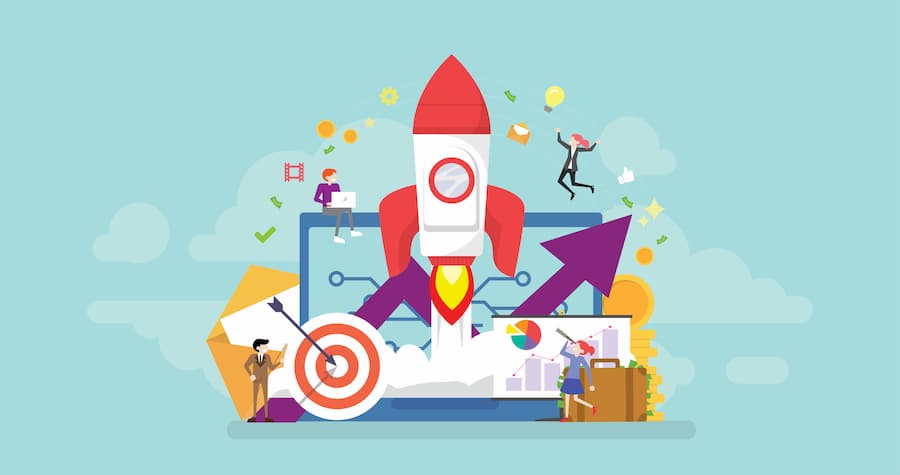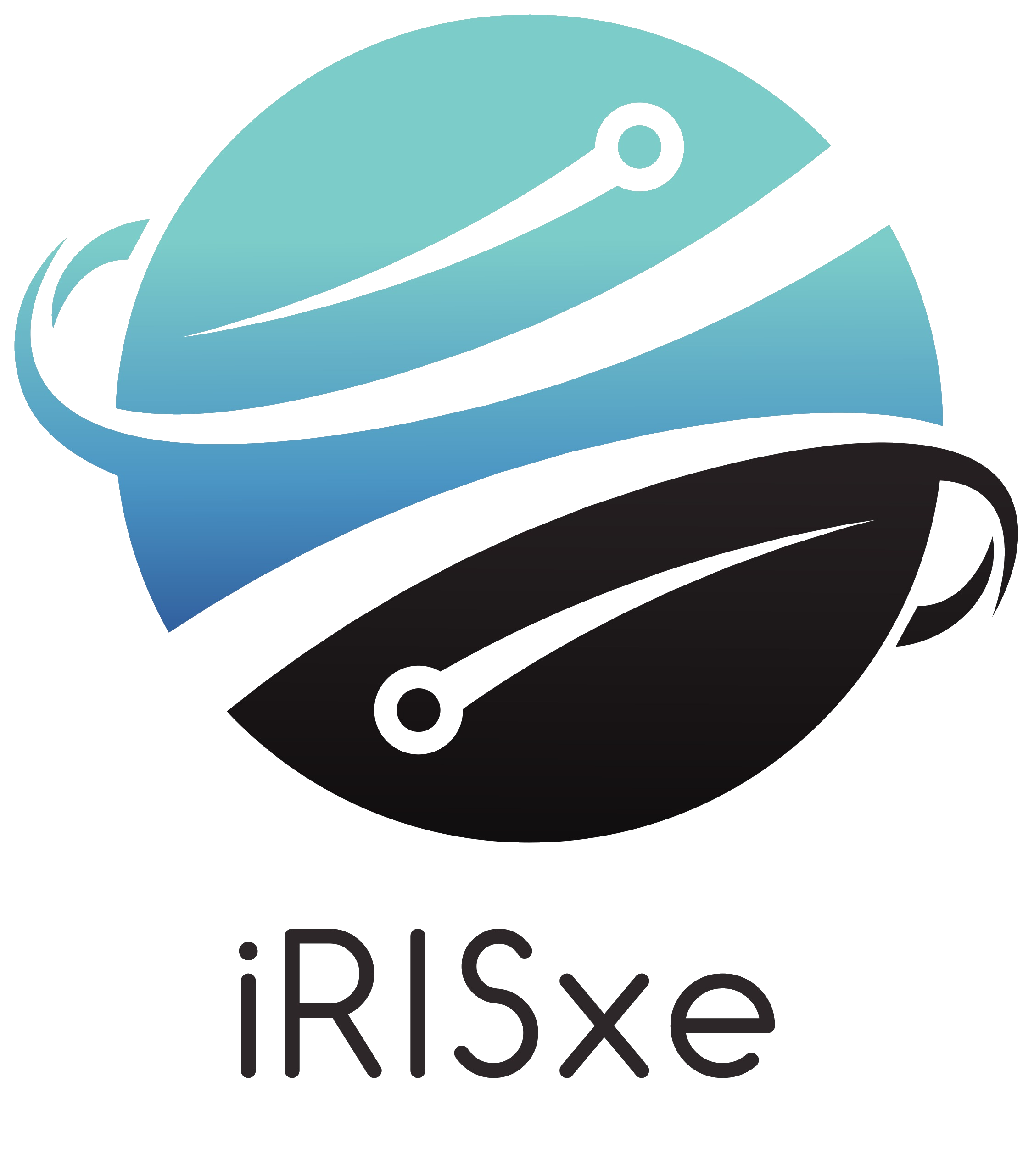
24 Feb BUILDING YOUR MVP SAAS PRODUCT

Why SaaS products thrive?
- The margin of Scalability: The biggest advantage the SaaS development has to offer is its capability to be produced in various ranges. Initially, the developer may launch an MVP (Minimum Viable Product) to test the market reaction and build on it for continuous improvement.
- Cost-Effectiveness: Decreasing cost of cloud hosting and many serverless architectures allows anyone to build and run SaaS products at a much lower cost.
- Market Expansion: SaaS applications can be expanded to new regions and markets much more easily.
Launching a SaaS Product
Once you decide to venture into the world of SaaS, it is important to reflect on some significant factors to weigh your feasibility.
Is your Business Ready for a SaaS model?
Understanding the dynamics of your business or product is very important to determine whether you are ready for a SaaS model or not.
Market Research
Studying the market you are eyeing to launch in is very crucial to understand its dynamics. Let’s have a look at several factors important in market research.
Identify an area that needs a solution
Analyze the market to look for areas that could be a pain point for the customers. Work on the possibility of providing a solution that can add value to your potential customers in that particular area. If you can offer an improved solution or a new product altogether move on to finding the market where your solution can seamlessly fit into
Identify your Target Market
Once you tap the problem area and have a solution ready, look for your potential customers who will be willing to use your SaaS product. A good place to start is by finding those consumers who have experienced the pain point whose solution you are offering. Build on a brand persona based on the value propositions of your offering and identify the characteristics of your potential customers. It is more appropriate to focus on a niche initially and improve in that area before enlarging your focus and catering to a wider market.
Identify the Core Competency of your SaaS Product
Your SaaS product must add some concrete value to the lives of your potential customers. Identify the core competency and benefits that will compel your target market to pay for it. These core competencies should be highlighted on the marketing and sales pitch. Your focus should not only stay confined to providing one solution to your target market but you should strive to serve the same market in multiple ways. Also, diligently focus on improving the area of your core competency to stay ahead of your competition.
Competitive Analysis
It is pertinent to keep a tab on your competition and possible substitutes for your SaaS product. You can either opt to bring a SaaS product in the market that is already there with a new offering or launch a completely novel product.
Working to outline your direct and indirect competitors is important for a comprehensive comparative study. Understanding the strengths and weaknesses of your competitor’s product and their brand image is the key. Comparing them against your SaaS product will give you a thorough understanding of your competitive edge and how well you can build on that.
Performing a competitor SWOT analysis can give you an insight into their weaknesses and pinpoint areas where you can work to strengthen your hold.
2. Develop a Financial Model for your SaaS Product
Building a revenue forecast is one of the main factors when launching a SaaS product. The management decisions rely heavily on the outcomes of a financial model and the forecast generated.
There are various aspects for building a financial model for a SaaS product that covers;
Revenue Projection
With the subscription-based model, subscriptions initiate at the beginning of every month. While some previous subscriptions will be renewed, some customers may choose not to renew after it expires. Hence it’s important to meticulously curate and monitor a forecast for monthly revenues that your SaaS product is generating.
You will need to build a financial model, usually with the help of a financial consultant, who has templates for SaaS that factors in a lot of detail that you may miss otherwise.
Cost Projection
Once the revenues are projected, it is advisable to map the cost and expenses associated with your SaaS product to the revenue forecast. The variable cost of your SaaS product is tied to the projected revenues whereas, the fixed cost will incur in any case.
Once these elements are in place, it’s time to build a multi-year three-year statement model that will have the Balance Sheet, Cash Flows, and Profit and Loss forecasts. This model will give you a clear picture of the financial performance of your business about the cash inflow and outflows for the next three years. This model will be highly resourceful in giving your potential investors and the current stakeholders a clear understanding of your business.
If you are not sure how this works, it’s best to engage a financial consultant to help you with this.
.3. Visualisations
Visuals always assist in enhanced understanding of the data being discussed. A financial model can have some key numbers presented in the form of a chart or graphs that will allow a quick understanding of the business performance.
The most important factor is to keep the financial plan realistic and actionable. Hence, being reasonable in forecasting expected figures will give more value to your financial model and will aid in better decision making.
.
3. Build your Minimum Viable Product (MVP )
Once your market study and financial projections are completed, it’s time to create an MVP. One of the incredible benefits of SaaS products is that you may not need to launch the most enhanced and updated version of your product at once in the market. The idea of an MVP or a Minimum Viable Product makes SaaS products very practical and helps to check the market reaction and validate your product idea beforehand.
In MVP, a simplified version of the SaaS product is launched in the market to test the market reaction before investing too much time and energy in creating a complete, upgraded product
Listed below are the various factors to be taken into consideration before launching an MVP into the market.
Highlight the problem
First and foremost think of the problem you are trying to bring out a solution for. Investigate the problem at a micro-level and aim to solve it as best as you can
Understand your Customers and their Requirements
Once you know the problem, understand the pain points of your potential customers. Relate to your target market and build a brand persona. Go above the basic market research and get in touch with your target market. Use various social media platforms and ask open-ended questions and get a clear idea of their expectations.
** Solve the problem in the Simplest Way**
Once you know the problem and have a thorough understanding of customers’ expectations gathered during step 2, it’s time to build the most simplified version of your solution. It could be as simple as an excel sheet. The idea is to test the practicality of your SaaS product and how well your target market reacts to it. If it does satisfy the core need of your buyers, you are on the right track.
Prioritize MVP features
When building an MVP, you are not required to add everything and overwhelm the customer. The basic feature which will add value to the lives of your customers and will solve the core issue that they are facing will be enough to test the viability of your SaaS product. However, it is important to include that particular feature that will outperform the competitor and gives you an edge over them.
Build your MVP
It’s about time to start building your SaaS product with the technical requirements in mind. It important to keep into account the fact that SaaS MVP will require multiple attempts to build unless you have a product that is fully polished A recurring feedback loop is a significant element of a SaaS MVP product development where you build and test the product and based on the feedback you get, you make necessary amendments and build the product again, as and when needed.
Setting the right price
Apart from forming a solid base for a final SaaS product, MVP also helps in testing the monetization strategies of your SaaS product. Again, the customer feedback will help in gauging the best pricing model here. Talk to a diverse set of customers – those who are new and those who have already used a similar product. Keeping in view their feedback, see if you are under or overpriced as compared to the competing SaaS products and how much money customers are willing to spend to solve their highlighted problem.
Launch your SaaS MVP
Once everything is set, it’s time to launch the SaaS MVP in the market and halt the development process for a while. If your product manages to lure in even 2 -3 customers who are willing to pay for it, it means your SaaS product has good potential. It’s time to work on the marketing and sales front to further spread the word about your SaaS product. Customer referrals and word of mouth can be a great source of advertisement for your SaaS product.
It is also important to gather feedback from end-users regarding how efficiently your SaaS product is performing. Based on the feedback, make changes or improvements if needed and continue to evolve unless you have a final product with all the necessary elements befitting for your consumers.
4. Connecting with a Befitting Technology Partner
Finding the right technology partner and building a strong partnership will surely help in accelerating your growth further. If you are a budding SaaS company, now is the right time to find a technology partner who understands your core values and service model well enough and not takes you as a developmental unit only.
Following factors are important when choosing a technology partner to nurture growth and innovation in your SaaS model;
You don’t necessarily have to go with larger software companies. In fact they are usually going to charge a lot, will make you go through hoops of bureaucracy and changes will be expensive. A smaller startup is more likely to invest in your product as they have a lot more to lose.
Passion
Your partner must be equally enthusiastic about the SaaS product as you are and must work with the same level of passion. Most smaller companies and startups are a good fit as they are culturally aligned and have the passion to experiment and deliver. You need to talk, preferably face to face and get a feel if they are culturally fit for you.
Locational
Being close to your technology partner is crucial especially during the initial days when you will have to sit together and work out product route maps or make other important business decisions. The proximity gives you the advantage of keeping a close tab on the workings at your partner’s end and providing timely feedback. Overseas outsourcing can sound financially lucrative, but can be a high risk unless you really know what you are doing and you can manage them.
Assessing the Skill Set
Not every technological partner you come in contact with will have the right skill set for developing your desired SaaS product. The technology partner must know how to architect and design your software that grows, scales and utilizes the best of modern web technologies. This is absolutely critical, otherwise you end up with a product that must be shelved and redone midway after launch as it’s too expensive to run and maintain it. Most software vendors, especially larger ones work on obsolete technology and force you to run technology they are comfortable with and have the skillset on payroll.
Hire and Stay Engaged
Once your technology partner is on board, keep yourself engaged throughout the developing process. You must act as the driving force to keep the passion alive and ensure that the progress is on track and going exactly as planned.
There could be some setbacks that are inevitable while you progress in the development phase. Do not forget to respond and provide the necessary feedback promptly. Keep the accountability factor strong, be it for the partner or yourself.
We wish you luck in finding the best suitable technology partner for your SaaS product!

Jessica Wilson
Posted at 10:20h, 11 MarchInterdum et malesuada fames ac ante ipsum primis in faucibus. Suspendisse ut vulputate libero, ac iaculis neque. Ut pretium, metus eget ultricies euismod, diam nulla lacinia magna, eu vehicula quam lacus commodo.
Ray Quinones
Posted at 10:24h, 11 MarchPraesent volutpat nulla at elit consectetur, eu rhoncus mauris convallis. Donec a dictum justo, ultricies mattis ex. Donec sit amet mollis est, facilisis lacinia justo.